Cardiac Catheterization Laboratory Management of the Comatose Adult Patient With an Out-of-Hospital Cardiac Arrest: A Scientific Statement From the American Heart Association
Circulation
DECEMBER 19, 2023
The cardiac catheterization laboratory plays an important role in the coordinated Chain of Survival for patients with out-of-hospital cardiac arrest. Over the past few years, numerous trials have clarified the role of the cardiac catheterization laboratory in the management of resuscitated patients or those with ongoing cardiac arrest.



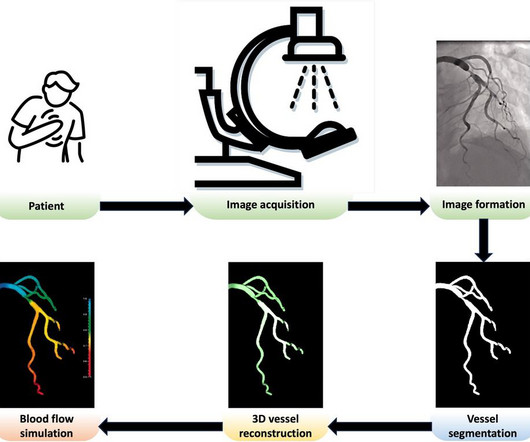
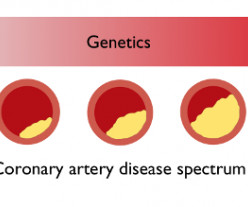
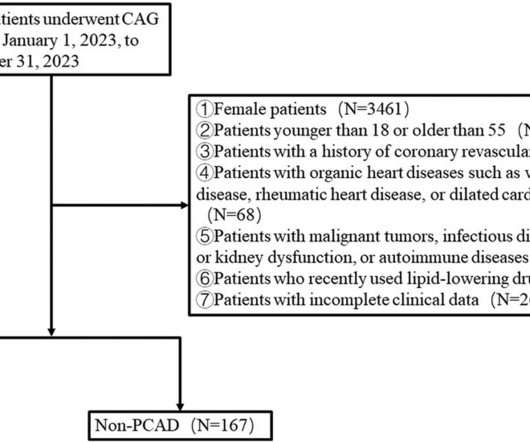
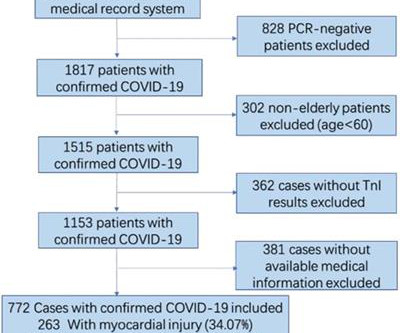






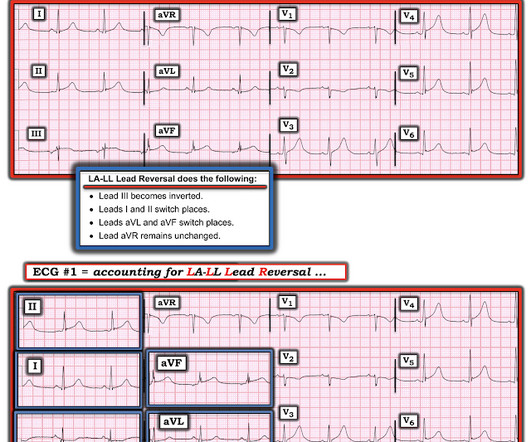


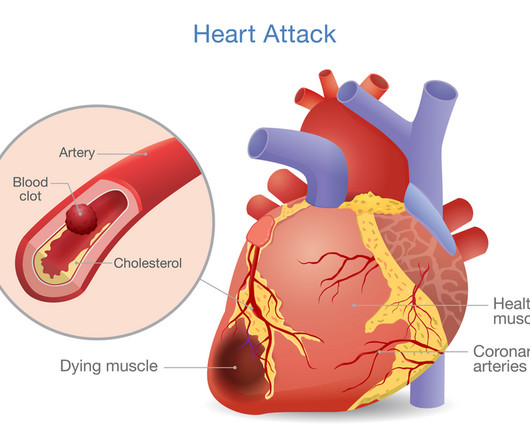






Let's personalize your content